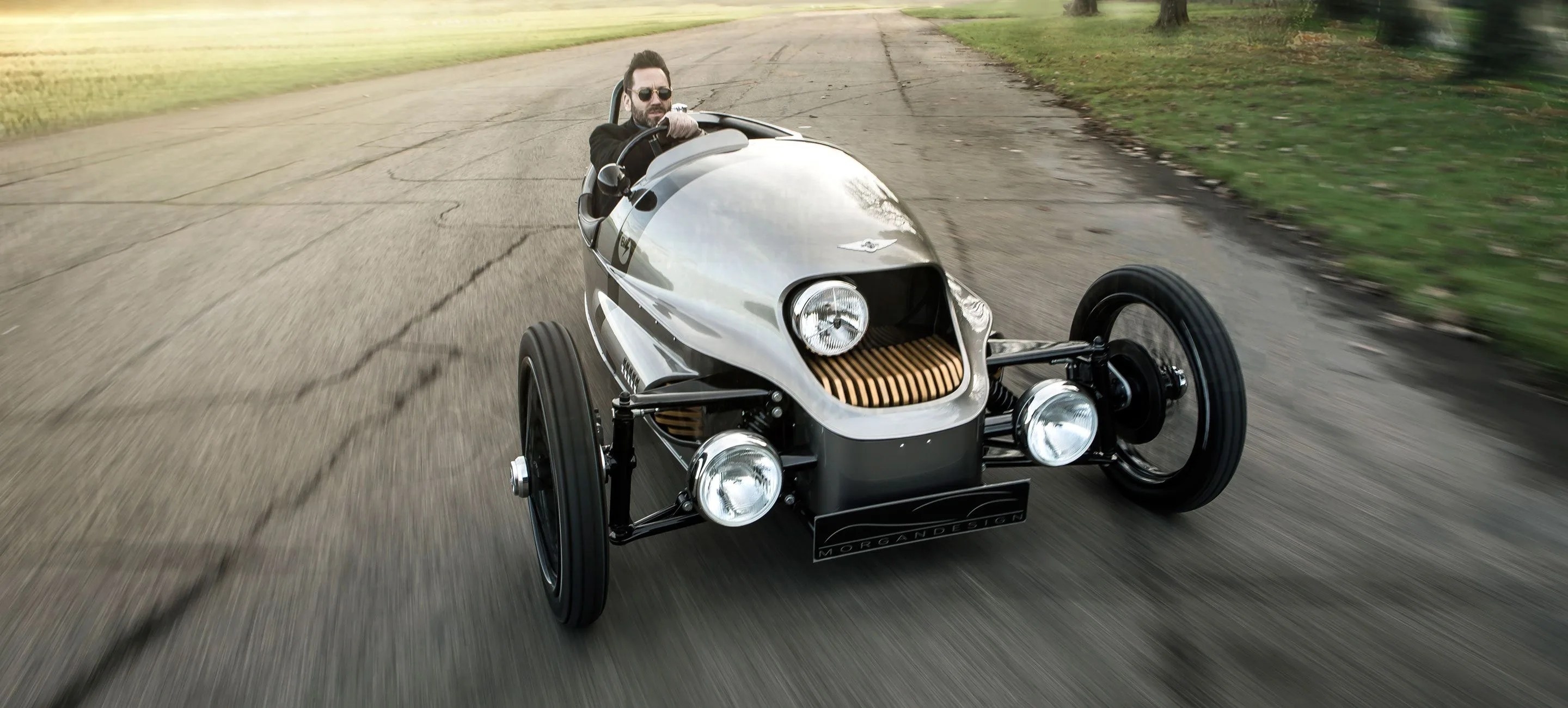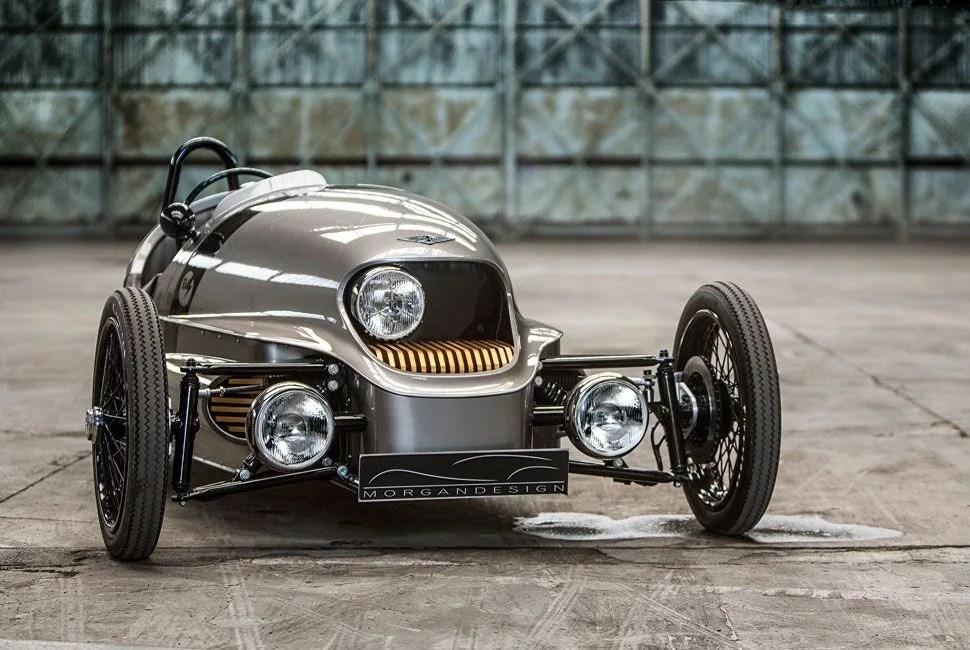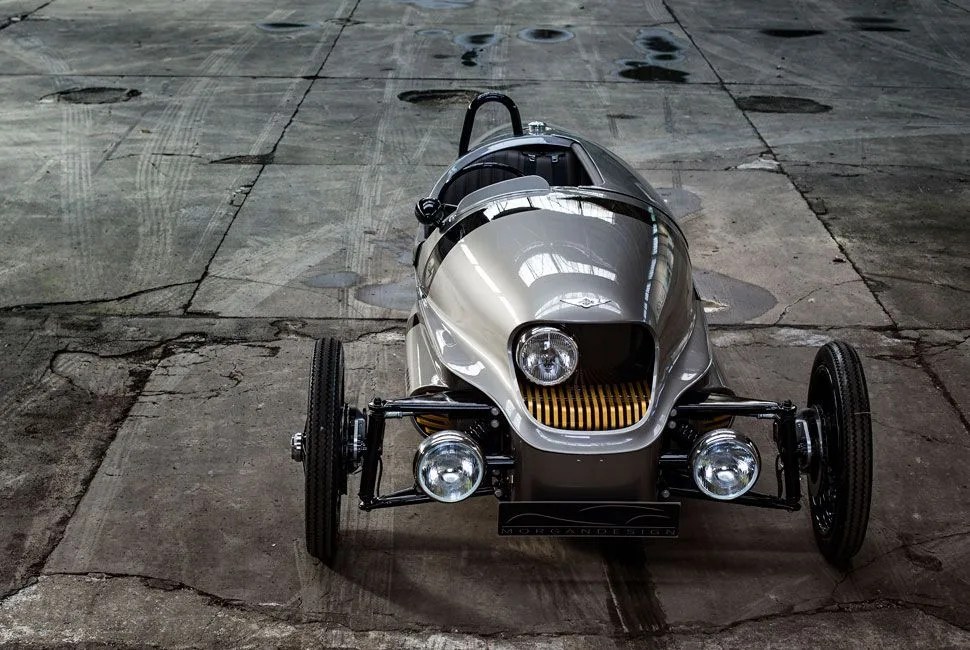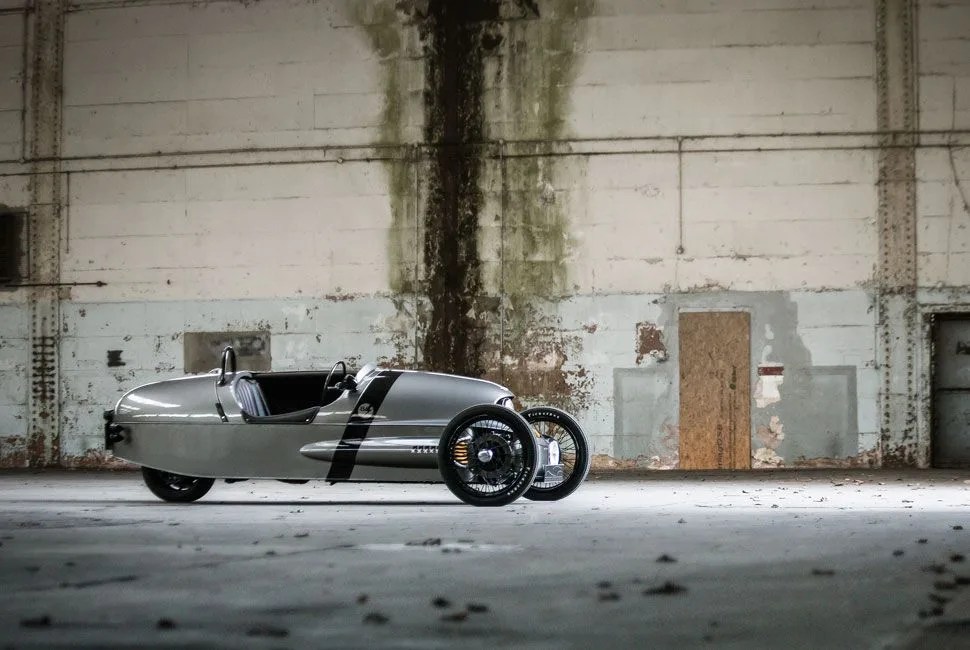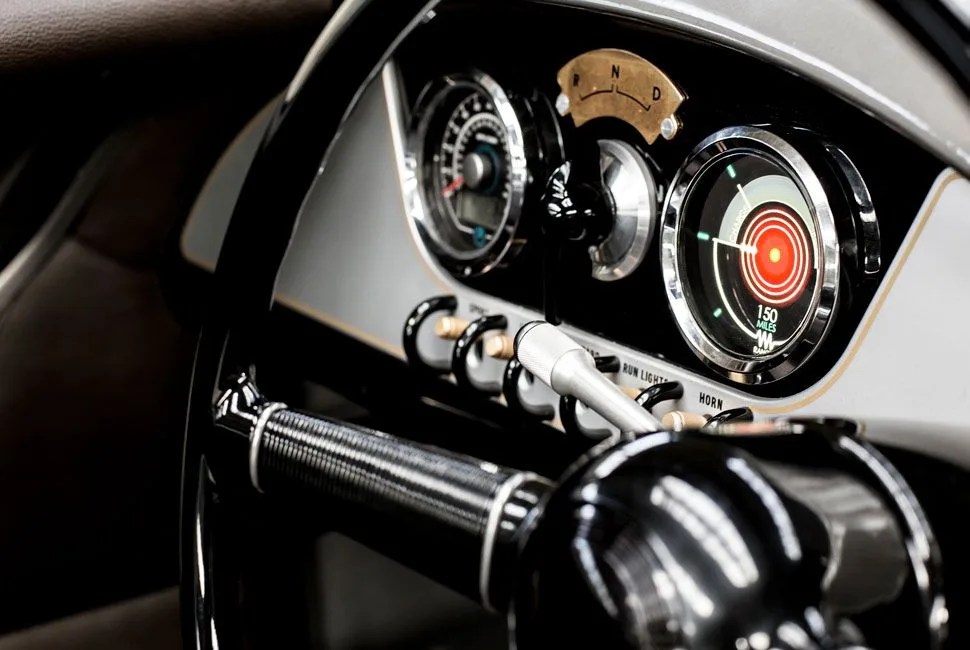“Where it really made a difference was that it showed the world you could make a compelling electric car,” said Elon Musk at the Tesla Model 3 reveal on March 31. The statement was in regards to the Tesla Roadster, the company’s first car. At its core the Tesla Roadster was a Lotus Elise filled with batteries that cost over $100,000. Tesla sold about 2,450 of them between 2008 and 2012, then began production of the Model S — in whose wake the Roadster was quickly forgotten.
But the Tesla Roadster was a monumental car nonetheless. It had an electric range of 221 miles and could hit 60 mph in less than 4 seconds. Despite the supposed battery-life controversy on Top Gear, Jeremy Clarkson called it “biblically quick.” Jay Leno called it “an electric car that was fun to drive.” While on an interview with 60 Minutes, former GM CEO Bob Lutz credited the Tesla Roadster as the inspiration for the Chevy Volt program, saying, “If a small Silicon Valley startup believes that they can do a commercially viable electric car, are we going to sit here at General Motors and say, ‘Well, a guy in California can do it, but we can’t?’”
If there was a problem with the Tesla, it was its weight. In the same Top Gear review, Clarkson stated that handling was “less rosy” compared with the car’s acceleration, and a Road & Track comparison test between a Roadster and an Elise showed that the Tesla wasn’t as nimble as the car it was based on. At 2,877 pounds, the Tesla was much heavier than the Elise because of its copious battery packs. But the instant torque from its electric motor was reason enough to believe electric vehicles could be entertaining. Just look to the numerous electric motorcycles from manufacturers like Zero and Victory. Their small size requires less power, which means fewer batteries and lower weight.
Enter Morgan: a small British auto manufacturer that still makes small, light cars based on designs from the 1930s and still uses wood to build their frames. For anachronistic car enthusiasts, Morgan is a breath of fresh air in an industry continually changing to meet government regulations designed to reduce emissions, and to keep pace with consumers’ desire for the latest and greatest tech. Morgan has traditionally been a big, old-school middle finger to that — it’s a company built on the analog driving experience. And now they want to make EV’s and hybrids.
4 photos
Morgan has stated its intent to make hybrids and electric cars available across its entire range by 2019 (an $8.47 million project), but the first electric Morgan to hit the streets will be an electrified version of its lovably insane 3 Wheeler. Revealed at Geneva and dubbed the EV3, it replaces the original 3 Wheeler’s S&S 1983cc V-twin with a 20kWh lithium battery and a liquid-cooled 46kW motor. Morgan claims the EV3 will have a 150-mile range, a top speed of 90 mph and a 0-62 time of less than 9 seconds.
That doesn’t sound particularly impressive until you look at the stats of the standard 3 Wheeler, which has a 0-62 time of 6 seconds and a top speed of 115 mph. That’s not much quicker, but it’s the sensation of speed that sells the 3 Wheeler over everything else. What’s more interesting to note is that the EV3 actually weighs less than the combustion version, coming in at under 1,100 pounds versus the regular 3 Wheeler’s 1,152-pound dry weight.
